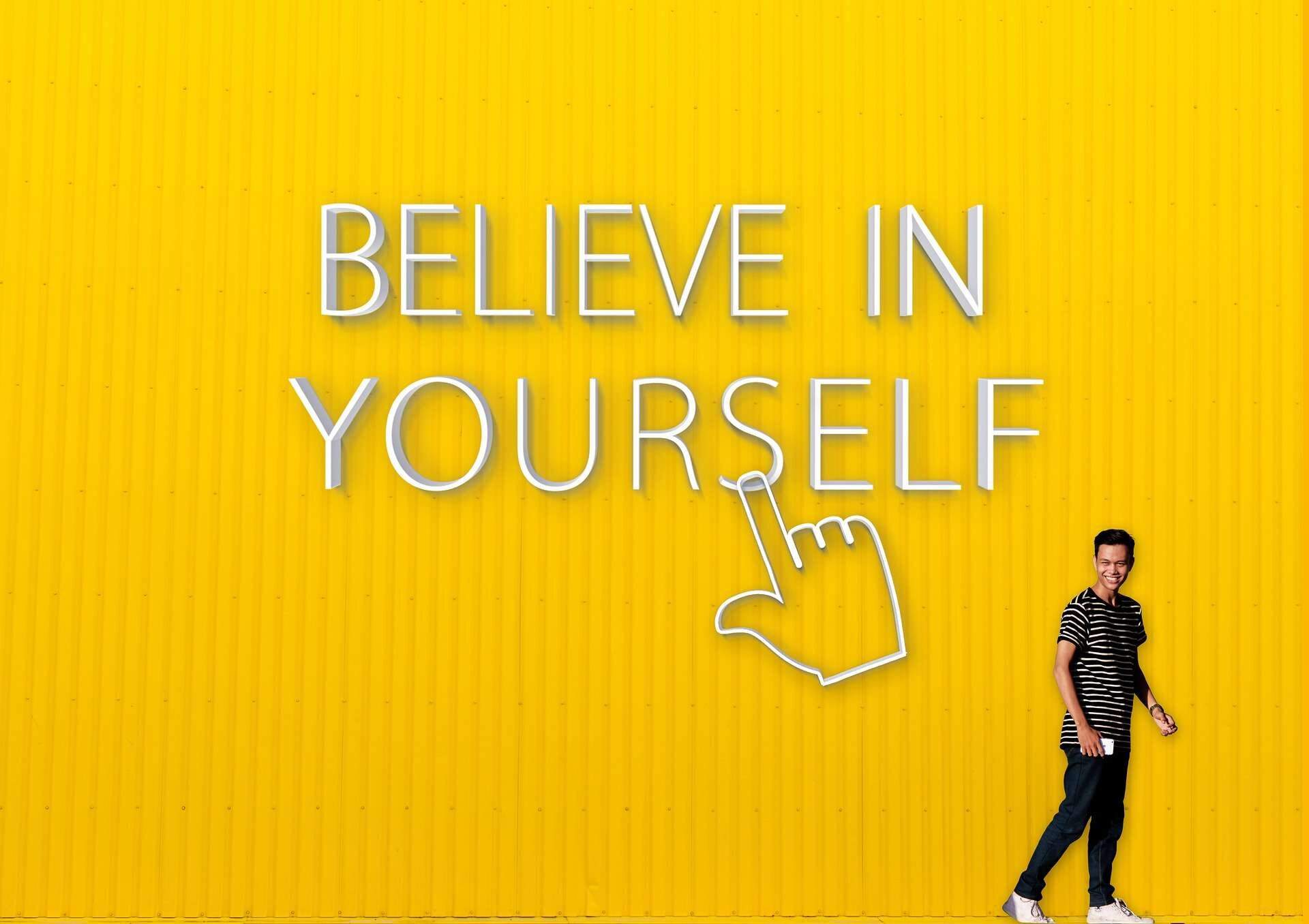
How to Use Reflexive Verbs in Spanish
DATE:
Did you know that some actions in Spanish require a little more self-reflection—literally? That’s where reflexive verbs come into play.
These verbs are used when the subject of the sentence is both performing and receiving the action. Imagine getting ready in the morning: you wake up, you brush your teeth, you dress yourself. Each of these actions can be described with reflexive verbs in Spanish, making them a key part of everyday conversation.
Understanding how to use reflexive verbs correctly can not only make your Spanish sound more natural but also help you express actions more accurately. Let’s dive into the world of reflexive verbs and see how they bring language to life in Spanish.
Understanding the Spanish Reflexive Verb and Reflexive Pronoun
Reflexive pronouns in Spanish indicate actions performed on oneself, matching the subject in number and person. They are placed before conjugated verbs or attached to infinitives and gerunds, similar to English words like “myself” or “yourself.” The following table shows how reflexive pronouns relate to different subjects in Spanish.
|
Subject pronouns |
Spanish Reflexive Pronouns |
English Reflexive Pronouns |
|---|---|---|
|
Yo |
Me |
myself / oneself |
|
Tú |
Te |
yourself |
|
Él / Ella / Usted |
Se |
himself/herself/itself |
|
Nosotros/as |
Nos |
ourselves |
|
Vosotros/as |
Os |
yourselves |
|
Ellos / Ellas / Ustedes |
Se |
themselves |
Common Reflexive Verbs in Spanish
|
● despertarse (to wake up) |
● lavarse (to wash up) |
|
● levantarse (to get up) |
● secarse (to dry) |
|
● sentarse (to sit up) |
● ponerse (to put) |
|
● afeitarse (to shave) |
● quitarse (to take out) |
|
● acostarse (to go to bed) |
● sentirse (to feel) |
|
● vestirse (to get dressed) |
● llamarse (to be called) |
|
● Lastimarse (to hurt each other) |
● Conocerse (to know each other) |
|
● Golpearse (to hit each other) |
● Contarse (to say/tell each other) |
|
● Saludarse (to say hello to each other) |
● Insultarse (to insult each other) |
Placement and Conjugation of Reflexive Pronouns in Spanish
Even though a reflexive pronoun in Spanish is usually placed before the reflexive verb as was shown in the examples above, there are certain exceptions to the rule:
1. With imperatives (commands):
- Hazte de cenar antes de salir con tus amigos: make yourself dinner before going out with your friends.
For Spanish commands in the negative form, the reflexive pronoun has to be placed between the “no” and the conjugated verb, for example:
- ¡No te acuestes tarde!: Don’t stay up late!
2. With progressive verbs (present or past)
- Me estaba bañando cuando tocaron el timbre: I was having a bath when the doorbell rang.
- Estoy preparándome para la boda: I am getting ready for the wedding.
3. With the verb in infinitive:
- Para vestirse con clase es necesario tener buen gusto: To get dressed with class it is necessary to have good taste.
4. With object pronouns (direct / indirect)
In this case, the Spanish reflexive pronoun is used in the same way as a direct object pronoun or indirect object pronoun in the sentence. When reflexive pronouns are used with direct or indirect object pronouns, the reflexive pronoun is always placed first. For example:
- Voy a aprender a tocar la guitarra. Ya me lo propuse para este año: I am going to learn to play the guitar. I’ve already planned it for this year.
- Me la vi toda anoche (la serie de TV): I watched it all (the TV series)

In another case, it is also common for reflexive pronouns to be placed at the end of the verb, as we can see in the following sentences:
- Voy a bañarme rápido: I’m going to take a quick bath.
- Ella está bañándose: She is taking a bath.
- Ellos están bañándose juntos: They are bathing together.
- Vamos a bañarnos en el río: Let’s go to bathe in the river.
For the cases above, pronoun placement is not that important as long as they are added correctly to the conjugated verb. Nonetheless, this pronoun change could be done only if using compound verbs.
Actions that refer to personal care or all actions that are performed routinely are reflexive since the subject performs the action on itself. The subject and object of the verb represent the same entity and the action of the verb involves both.
- Él se lava las manos cada mañana: He washes his hands every morning.
- Te maquillas antes de salir: You put on make-up before you go out.
- Se habla de política: We talk about politics
- Yo me veo la cara en el espejo: I see my face in the mirror.
- Ellas se acuestan a dormir temprano: They go to bed early.
- Ustedes se visten para salir: You get dressed to go out.
A sentence must have a reflexive verb which is indicated with the “se” particle attached to the end of it. Hence, acostarse is a reflexive verb. The “se” particle will be replaced by the appropriate reflexive pronoun.
Still having trouble understanding these two important Spanish verbs? Discover the differences between “Ser” and “Estar” in Spanish and how to use them correctly.
However, “acostar” is not a reflexive verb given its lack of “se” particle. The subject is performing the action on someone else. In this case, we never use a reflexive pronoun.
The verb is reflexive:
- Yo me acuesto temprano: I go to bed early.
“Yo” is both subject and object.
The verb is non-reflexive:
- Yo acuesto al bebé temprano: I put the baby to bed early.
“Yo” is the subject and “bebé” is the object
As mentioned before, reflexive verbs require the use of reflexive pronouns at the end of the infinitive form to indicate that the subject and the object are the same. See some examples with verbs that are commonly reflexive.

A reflexive pronoun can be added at the end of a non-reflexive verb to make it reflexive
Here are some examples:
|
Verb in infinitive |
Reflexive verb |
|---|---|
|
Hablar (to talk) |
Hablarse (to talk to oneself) |
|
Ir (to go) |
Irse (to leave/to go away) |
|
Dormir (to sleep) |
Dormirse (to fall asleep) |
Uses Of The Reflexive Verbs In Spanish
Now that we have explained what are the reflexive verbs and how to form them, let us show you in what kind of real-life scenarios are mostly used:
1. Reflexive verbs for actions that someone performs on him/herself
Activities related to personal care or daily routines, for example:
- Cada mañana me cepillo los dientes: I brush my teeth every morning.
2. Reflexive verbs that denote an emotional response
- Me enamoré de María: I fell in love with Maria.
- Ella se enojó: She got angry.
3. Using reflexive verbs to add emphasis on an action
- ¡Me comería una tarta entera por el hambre que tengo!: I would eat a whole cake because I’m starving!
We can also use the word “mismo” in a sentence to highlight the reflective aspect of an action:
- Debes tratarte a ti mismo con mucho cuidado después de la cirugía: You must treat yourself with great care after surgery.
4. Reflexive verbs that show reciprocal actions
Those are used to indicate an action carried out by two or more subjects at the same time to each other. For example:
- Mi hermano y yo nos peleamos por el último pedazo de torta en la nevera: My brother and I fought each other over the last piece of cake in the fridge.

Keep in mind that since the actions performed are reciprocal, the sentences always include the reflexive pronouns nos and se.
Other reciprocal reflexive verbs like the following are some of the most commonly used:
It is also worth noting that in Spanish there is no need to add reciprocal phrases such as: entre sí, el uno al otro (with each other), etc. at the end of the sentence, since reciprocal reflexives tell us already that two subjects are performing the action on each other.
- Karla y yo nos vimos esta tarde: Karla and I met this evening.
The only reason those terms may be used is used to emphasize who receives the action.
- José y Pablo se conocen muy bien el uno al otro: Jose and Pablo know each other very well.
Now You Are Ready To Aprenderte The Reflexive Verbs!
Using reflexive verbs is a task that requires a lot of dedication, and although at first, some concepts may be confusing, with a little practice and the guidance of native Spanish-speaking teachers you will see how your comprehension skills improve considerably.
Spanish is a fascinating language, mastering it will give you another perspective; you will have a better competitive position and the opportunity to get to know new places, people, and cultures.
If you’re ready to take your practice to the next level, our team can support you. Try a free private class or 7-day trial of our group classes to see why thousands of students trust SpanishVIP.








